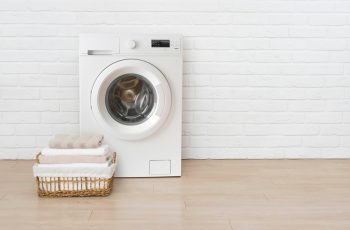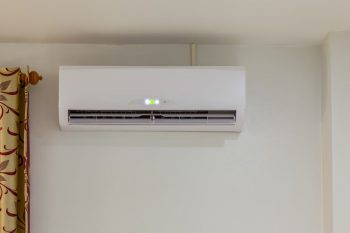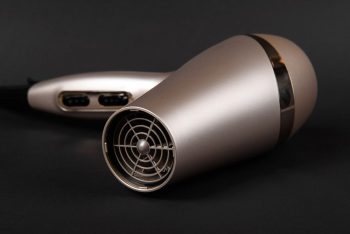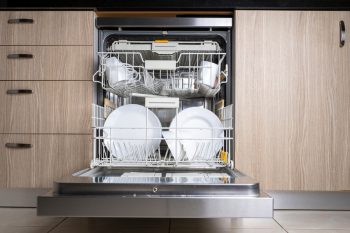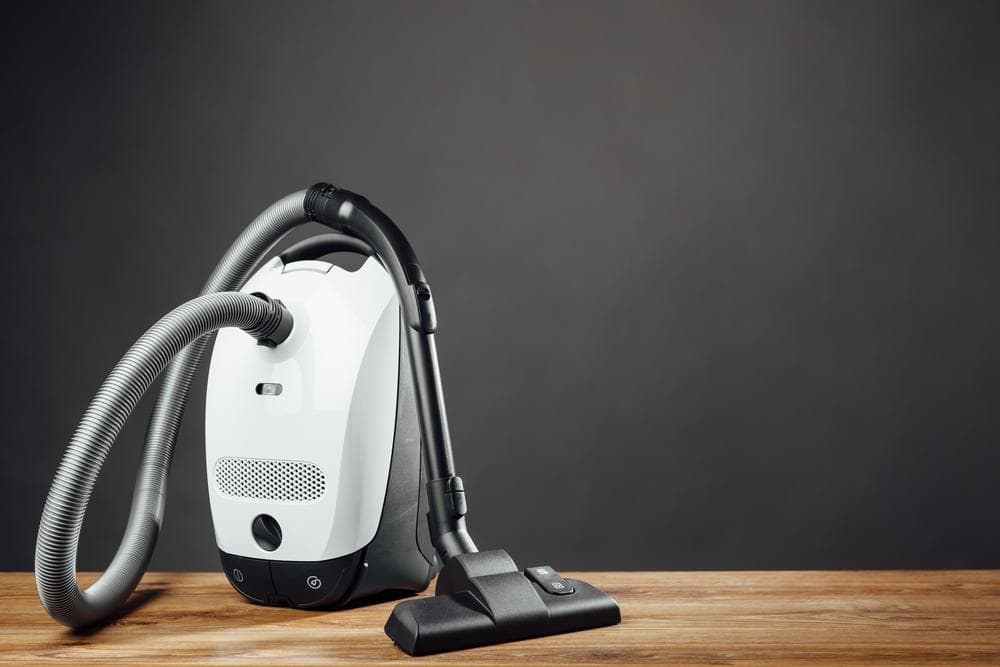
CFM, short for Cubic Feet per Minute, is a unit of measurement that indicates the volume of air flowing through a vacuum every minute. This critical specification directly impacts the vacuum’s cleaning ability, making it an important factor to consider when purchasing a vacuum cleaner.
CFM in a vacuum, which stands for Cubic Feet per Minute, is a measure of the volume of air that the vacuum can move every minute. This measurement directly affects the vacuum’s cleaning ability, with higher CFM indicating more powerful suction and better cleaning capacity. However, other factors such as motor power, suction lift, and overall design also influence a vacuum cleaner’s performance.
Understanding CFM in a Vacuum
When you power on a vacuum cleaner, the motor activates a fan, which reduces the air pressure inside the vacuum cleaner. This pressure decrease results in a continuous airflow from the intake to the exhaust. The amount of airflow generated is the vacuum’s CFM rating. This airflow picks up dust and debris and carries them into the dust bag or container.
CFM is assessed by how much air is taken in through a round opening, which can range from two inches to completely closed. There is zero CFM at no opening and maximum CFM at a two-inch opening. Increased CFM becomes more important as the air opening size gets larger. For example, you can feel the air rushing into a straw when you inhale, but you would not feel a thing if you inhale through a two-inch pipe. If you want to vacuum through a larger opening, you need more CFM. Therefore, high CFM is needed for deep carpet cleaning.
The Importance of CFM
A higher CFM in a vacuum cleaner signifies more powerful suction and better cleaning ability. For instance, in HVAC vacuum pumps, a higher CFM rating can reduce the time it takes to evacuate the air from the system, making the job quicker. Similarly, in a vacuum cleaner, a higher CFM is needed for deep carpet cleaning as it allows for more air to be moved, which in turn helps to lift and remove dirt and debris from the carpet.
However, while CFM is a key factor in a vacuum cleaner’s performance, it’s not the only one. Other factors such as suction lift or water lift also play a crucial role. Suction lift is the measurement of the vacuum’s ultimate power, and it’s measured in inches of Mercury (Hg) or water. It’s the suction lift, not CFM, that creates the suction for lifting solids and fluid out of the sump. The more suction lift, the faster weighty solids can be picked up.
CFM and Other Vacuum Specifications
The CFM of a vacuum cleaner is related to other specifications such as motor power and suction power, but it’s not a direct correlation. The vacuum motor, which may also be referred to as the suction motor, is the heart of a vacuum cleaner. The more powerful the motor, the greater the pressure differential and therefore the more vacuum suction power and airflow.
Motor power is often measured in watts or amps. While motor wattage is a valid way to evaluate and compare the power of the motor, it doesn’t take into account the efficiency of the motor, the number of fans, or the overall vacuum cleaner design.
Suction power, on the other hand, is often measured in terms of water lift or air watts. Water lift is a measure of the vacuum’s ultimate power, similar to a car’s horsepower. It’s measured in inches of Mercury (Hg) or water and indicates how high the suction will lift a column of water. Air watts are calculated using the formula, (Air Flow (in CFM) x Vacuum (in inches of water lift))/8.5 = Air Watts. This specification attempts to rate the vacuum cleaner’s output rather than input power.
What is a Good CFM for a Vacuum Cleaner?
An average airflow rating for a vacuum cleaner sits between 50-100 CFM. However, it’s essential to consider other factors like suction power, water lift, and air watts when evaluating a vacuum cleaner’s overall performance. For canister vacuum cleaners (with or without power heads), an airflow of 100 CFM or more is recommended.
Conclusion
In conclusion, CFM is a critical factor in a vacuum cleaner’s performance. A higher CFM indicates a more powerful vacuum cleaner that can effectively pick up and remove dirt. However, other factors such as the power of the vacuum motor, the design of the cleaning nozzle, and the quality of the bag and filter system also play significant roles in the overall performance of the vacuum cleaner.
Frequently Asked Questions
How can I determine the CFM of my vacuum cleaner?
The CFM of your vacuum cleaner is usually stated in the user manual or the product specifications on the manufacturer’s website. If it’s not stated, you can contact the manufacturer’s customer service for this information.
Can I increase the CFM of my vacuum cleaner?
The CFM of a vacuum cleaner is determined by its design and motor power. While you can’t directly increase the CFM, regular maintenance like cleaning and replacing filters can help maintain the optimal CFM.
Does a higher CFM mean the vacuum cleaner will be louder?
Not necessarily. The noise level of a vacuum cleaner is determined by many factors, including the design of the motor, the quality of the vacuum’s construction, and the materials used. While a more powerful motor might produce more noise, this is not always the case.
Is CFM important for handheld or robotic vacuum cleaners?
Yes, CFM is important for all types of vacuum cleaners, including handheld and robotic models. A higher CFM means the vacuum can pick up more dirt, which is beneficial regardless of the vacuum’s size or type.
Is a vacuum cleaner with a high CFM always better?
Not always. While a high CFM can indicate a powerful vacuum cleaner, it’s also important to consider other factors like the vacuum’s suction power, filter quality, and design. A vacuum with a high CFM but poor suction power or filter quality may not clean as effectively as a vacuum with a lower CFM but better overall design.


